2018 was the year of the scooter. What's next?
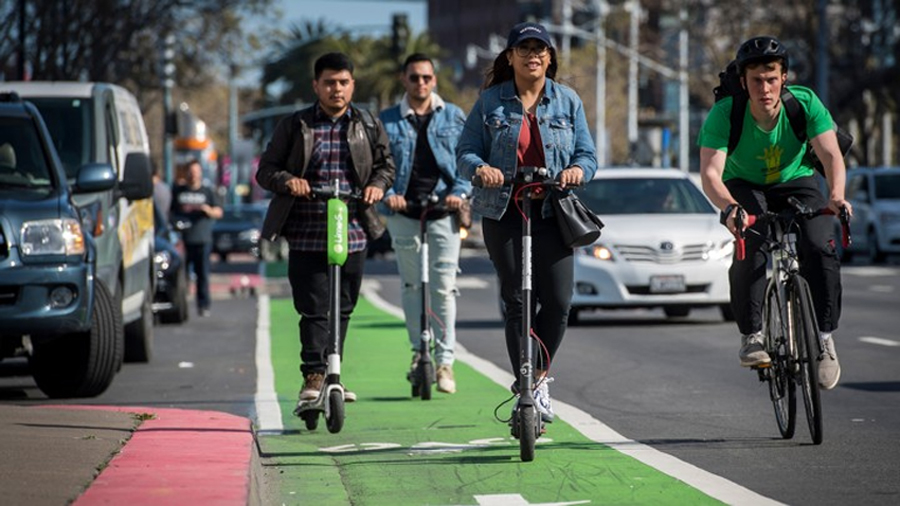
Hardly anyone could have foreseen this. The main transport trend in 2018 was suddenly not electric cars or autopilot, but small electric scooters. Their rental services simply flooded the American (and then European) cities. Such previously unknown companies, like Lime, Bird, Scoot, Spin and Skip, suddenly became billionaires and the most successful startups of Silicon Valley.
Hot debates about meetings of city councils flared up about them. Thousands of protests were held against them - pedestrians fought for "their sidewalks", which should not be given to transport. Tens of thousands of scooters were broken or stolen. Even whole new branches of entrepreneurship were formed, connected with their repair, recharging and flashing. "Chargers", for example, for a couple of hours of dust-free work can get under $ 600. And the thieves of scooters - even at times more. So much so that they are divided into gangs, each of which controls its area, where the theft of scooters is put on stream.
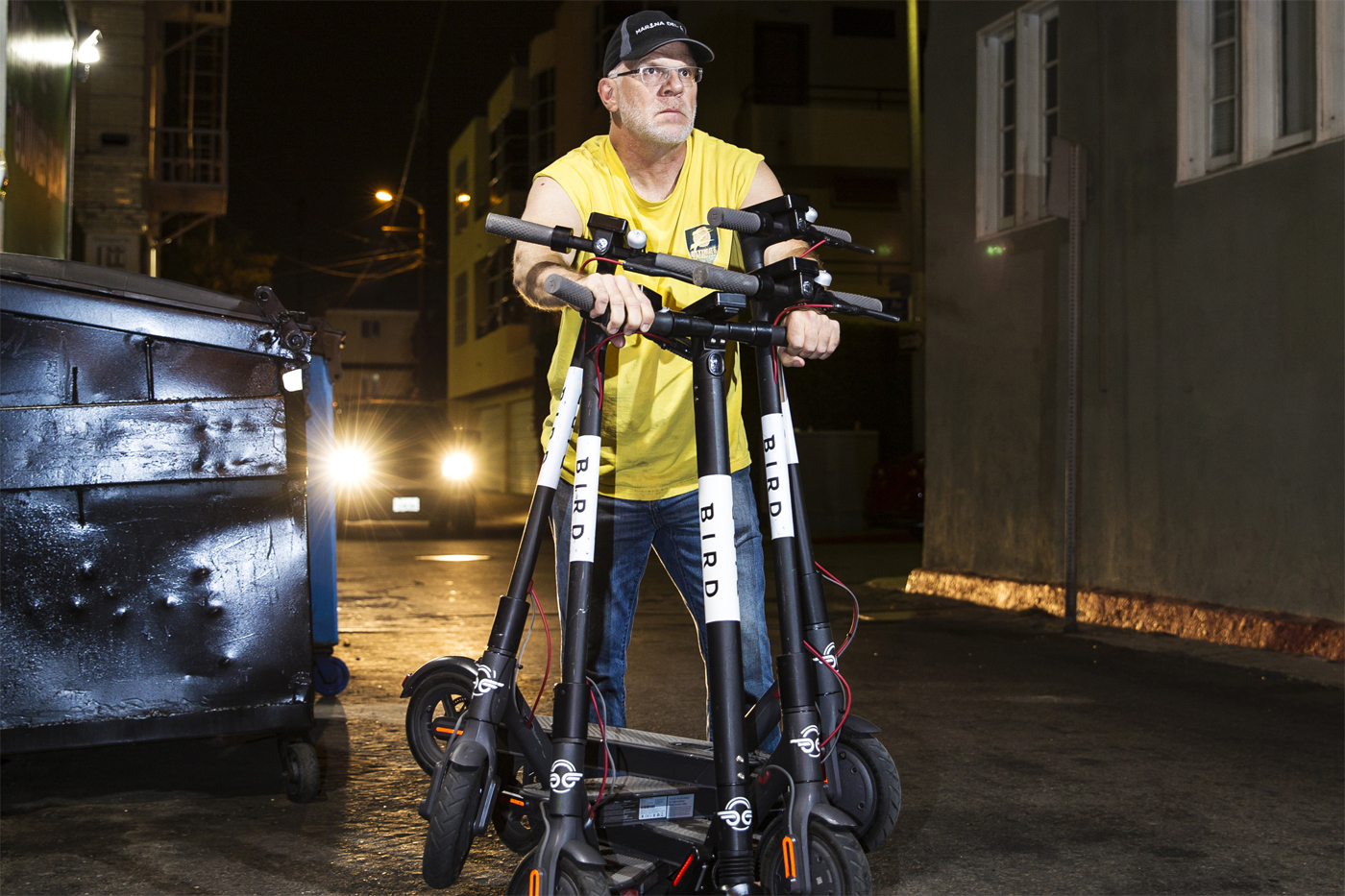
New startups do not care. Receiving $ 100- $ 150 million from investors each round, they are not considered as expenses and the number of lost devices. Bird, which has not yet earned a penny, is now estimated at $ 2 billion. Lime, founded in January 2017 as a bicycle rental startup, now costs between $ 2 and $ 3 billion. About two dozen more companies are now following the same path.
The main problem they have at this stage is not thieves, but competitors and state. regulators, with whom you have to fight for every square meter of the city. All startups are copying an online service model, both in terms of expansion rates, and in terms of interaction with their customers. This means that, most likely, like the Highlanders, in the end there will be only one.

Someone spends electricity on mining, and someone - on "charging"
')
Where all these electric scooters suddenly came from is easy to understand. Thanks to Uber, Lyft and bicycle rental services, millions of people with smartphones have learned to ride a technique that does not belong to them. Most of them live in cities where cars have to stand in traffic jams, and moving on the sidewalk (especially with speed!) Looks very tempting. Plus - nothing needs to be learned, and such a portable electronic gadget takes almost no space.
You can colorfully tell potential investors about these and many other advantages. And if the threshold for entering Uber and Lyft for investors is already very large, then Bird, Spin, Skip, Scoot and others are ready to joyfully accept your venture capital of just a few million. And then - round B, round C and further down the slope. Marketing for everything, connecting new cities every day, local celebrities on Instagram, joyfully flying on your cappuccino scooter in your hand.
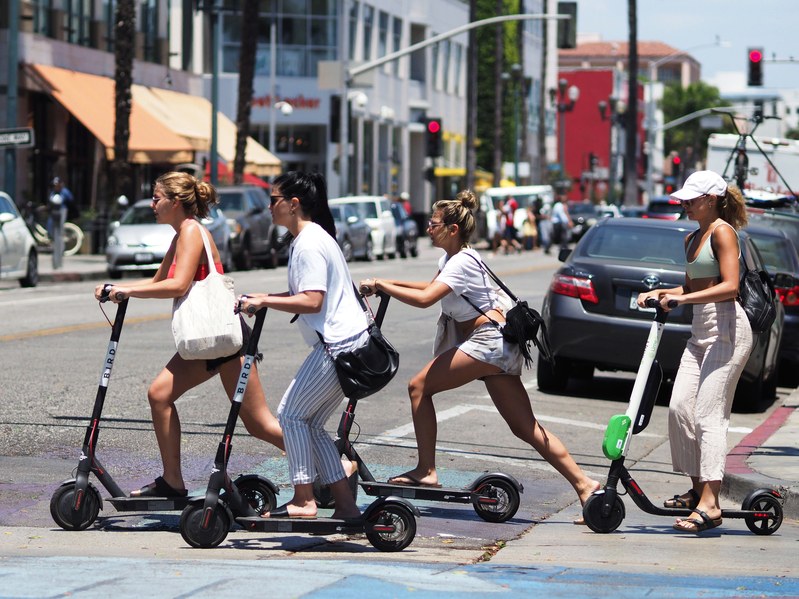
But now the HYIP is gradually subsiding. Scooter companies do not bring revenues, but they spend more and more each week. Some, like Skip, are already deeply in debt. Many begin to have questions about the economic viability of the whole concept. According to Bloomberg, the enthusiasm of venture capitalists is rapidly cooling down, and new rounds no longer collect as much money as before. And to continue the development of the market, these companies need very serious investments. In 2019, their scooters risk suddenly becoming clay shards, if golden antelope investors stop beating their hoof.
In order to successfully pass through turbulent times, this year, “scooter” start-ups and cities that host them (including Moscow) will have to answer several big questions:
Who will win the fight for the best hardware?
It would seem that it could be simpler: a board, two wheels, a motor that turns them. But it was on the front of the creation of the best scooter that one of the main battles was played out. Whose product will be safer, more reliable and easier, that can attract users to itself faster. And to prohibit competitors from using their achievements, having patented everything that is possible. The main task now is to make such an “electric scooter” (as they are called in the United States) so that it can be cleaned as easily as possible, and it cannot be killed, no matter how the pens of the vandals are burning.
And all this must somehow be combined with convenience for customers. And ideally, they should also have speed limiting mechanisms, because every city and state now has its own limitations for scooters.
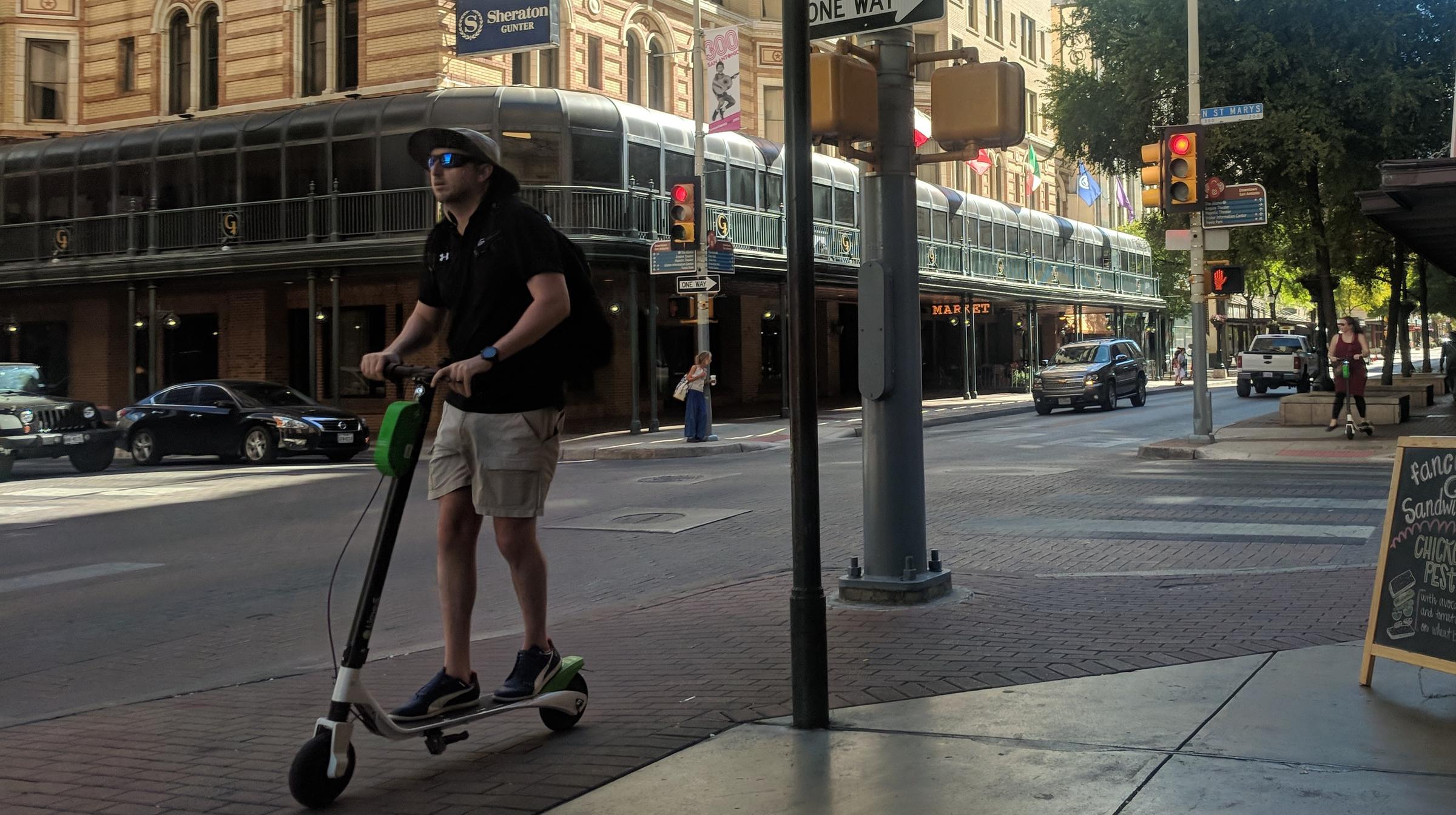
Lime and Bird, two US market leaders, released a new generation of scooters this fall. With more durable wheels and technologies that allow you to follow the behavior of users, and send a variety of signals if the scooter is stolen or broken. And Skip from San Francisco introduced scooters with special retractable lock-wires that are “sucked” into the body of the scooter and do not occupy space on the sidewalks. Such locks, helping from thieves, are now the main chip Skip. As the company's CEO, Sanjay Dastur, says, “we do not expect the problem to go away by itself, we are doing something to fight it.” Some of the Skip devices now also come with cameras looking back, monitoring whether their riders comply with local laws and regulations.
Another important innovation that could allow one of the companies to get ahead is replaceable batteries. In electric motorcycles and scooters in the same China and Taiwan, they have been standing for a long time. But how to place them neatly in a small scooter case is a question open for now.
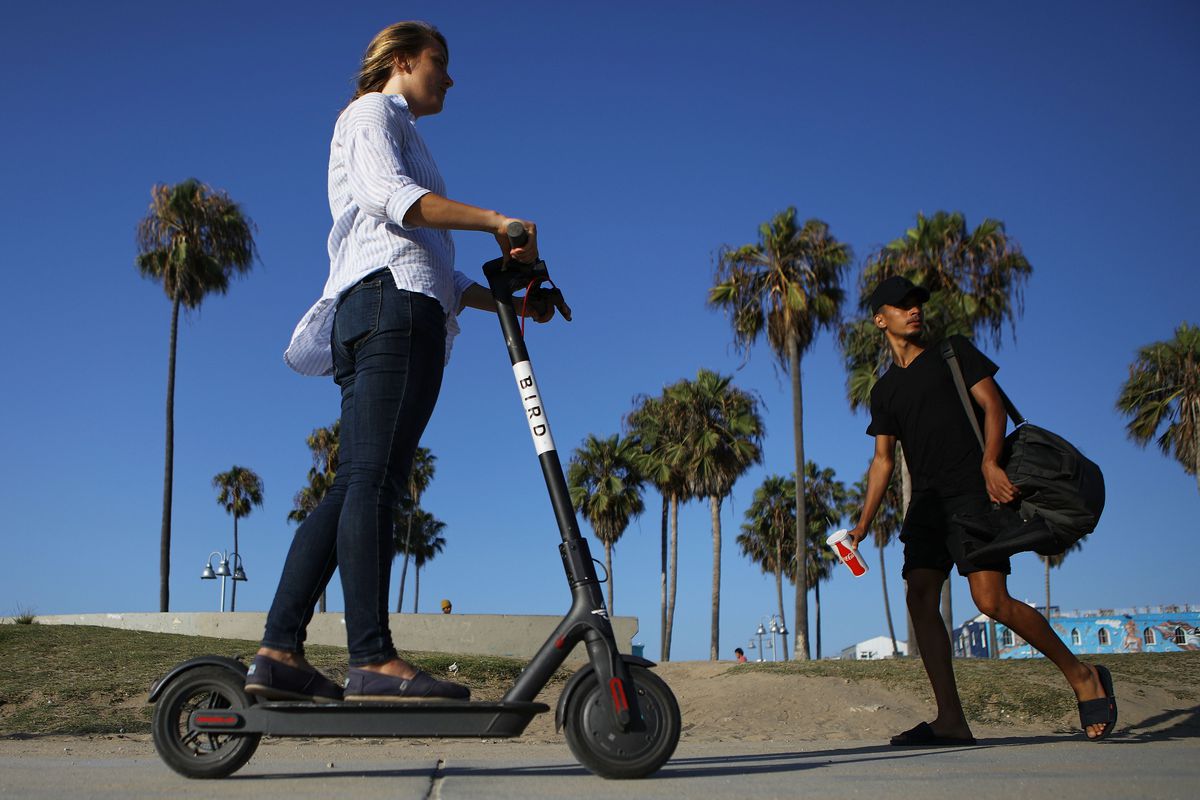
Uber-owned startup Jump recently announced that its next-generation scooters will have replaceable batteries, so their team will be much easier to operate, and it will be possible to stop relying on private owners recharging dozens of scooters at home. All will do their own "changers", much more punctual and without the urge to steal. Plus, the devices will be in working condition 24/7, they will not need to constantly rest for 4-6 hours, being charged. But technology Jump, apparently, will take to the streets only in 2020. Other companies have the opportunity to prove themselves to this.
In 2019, lovely “transport gadgets” will have to prove that they are in fact a decent, high-quality alternative to the already familiar cars and bicycles. Fewer people will try them simply because "this is something new." About this before investors told the head of Lime Toby San. “We must offer reliable, healthy service. Only this way electric scooters can become mainstream. ”
What will the regulators say?
Even if companies create a new generation super-device that will travel for three days without recharging, and which will be safer than in a mother’s wheelchair, this is only half the story. The second half is the governments of countries and cities that are not delighted with the new fashion for scooters as a whole. Many US cities still prohibit the movement of such electric vehicles on their streets. Others prohibit individual companies from working only with individual “approved” firms (the principles for issuing such permits are not yet clear, so many people have reason to suspect corruption).
It has only been a year since the start of this scooter fever, and many government officials still do not understand what to do with it. Pilot projects are underway in dozens of US cities trying to answer the question of how these new vehicles fit into the overall transport system. Who drives them, whether they are accessible to people with low incomes, whether they can replace taxi or buses in the future, whether there are real risks for pedestrians.
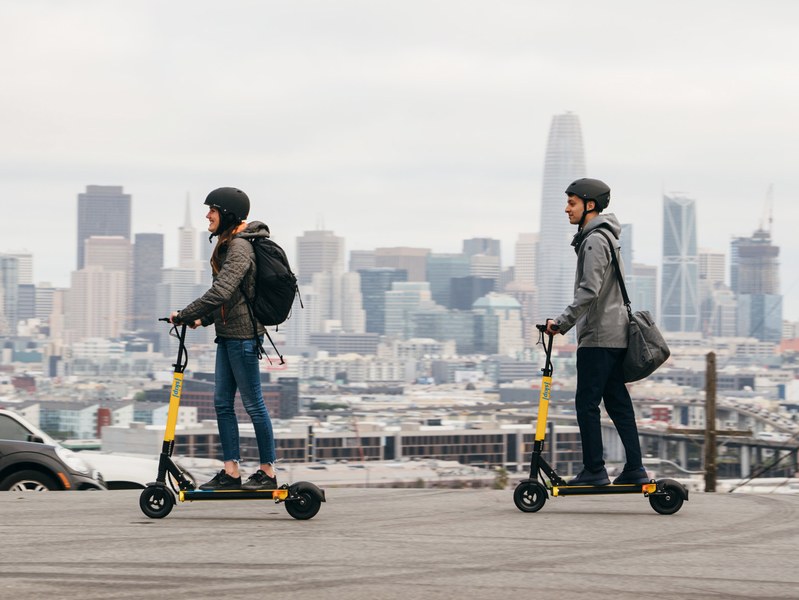
Many city councils have decided to limit the number of electric scooters on the streets for now, as long as they understand what kind of creatures they are and how they work. But companies are very unhappy with this: they believe that the number of gadgets should reach a “critical mass”, after which their popularity will start to grow exponentially. If they are in all public places and do not have to look for them to use, people will simply be too lazy to wait for a bus or call Uber. So far, they have money for startups to test such a theory, but the cities “cut their wings”.
Some, like San Francisco, went even further. At first, the city completely banned scooters on its streets, now it is allowed, but only for two companies (Scoot and Skip), and only for a year. This city is the heart of Silicon Valley, the place of hangout for most advanced people who are not afraid of new means of transportation, and the birthplace of half of the "scooter" startups. Lime and Bird offered the city council anything, including infrastructure investments (protected tracks for scooters and bicycles), if they were allowed to offer their services in the city, and now they are actively protesting the decision of the authorities. Startups that are a maximum of two or three years old already spend millions of dollars on lobbyists - more than Google and Amazon.
Is there a prospect?
2019 is the year in which it will become clear whether the electric scooters will be the transport of future cities. Or maybe this is a trend that will go as fast as it appeared. Already, the city authorities know more about the internal kitchen of these startups than about Uber and Lyft, thanks to their close “communication” with them. Companies even work with officials to create open standards for data exchange, so that all start-ups in the city can somehow cooperate, creating a common transport system.
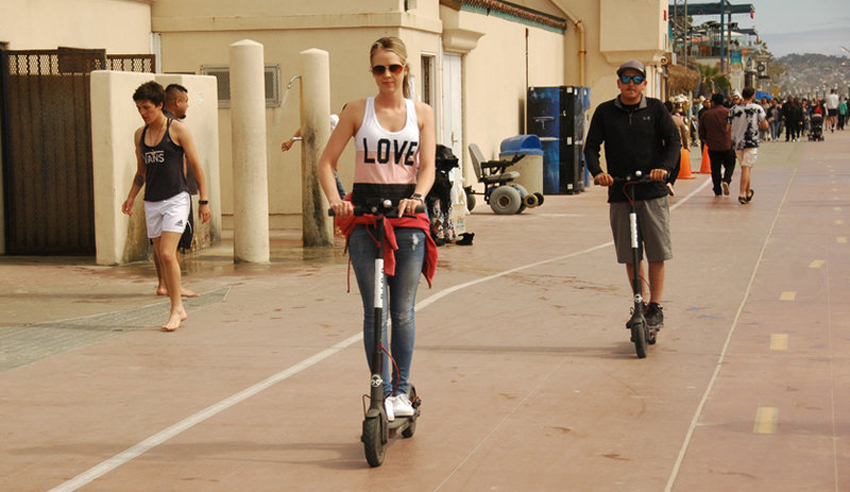
If such work turns out to be productive, scooters, in the future, really have a chance to become one of the most popular means of transport, at least in big cities. This will be the transport that you choose, when you need to quickly make a trip literally within a few kilometers. A taxi or car sharing - say, if you are traveling with a company or if you need to take the bags to the airport.
If the current popularity of electric scooters is not a marketing gimmick created at the expense of investor millions, but a real indicator of quality and convenience of the service, then in 2019 they will be used more often, even despite the slowdown in the flow of new money from venture capitalists. Also in 2019 other studies will arrive in time. How does such a vehicle reduce exhaust volumes in the air? How safe is it, does low speed compensate for the lack of substantial protection in front of the rider? Can elderly people, people with impaired coordination, use it? So far, the detailed testing of scooters to answer all these questions has been carried out only by the companies themselves, and their results can hardly be called unbiased.
Before starting to believe in a happy future, and download new applications to your smartphone, I would like to understand how the king is dressed.
PS For purchases of any goods in the USA you have Pochtoy.com. Gadgets and clothing at prices 30-50% lower than Russian. Delivery with us - from $ 11.90 per pound. And all readers of our blog after registration receive a discount of 7% for the HABR code.

Source: https://habr.com/ru/post/435060/
All Articles